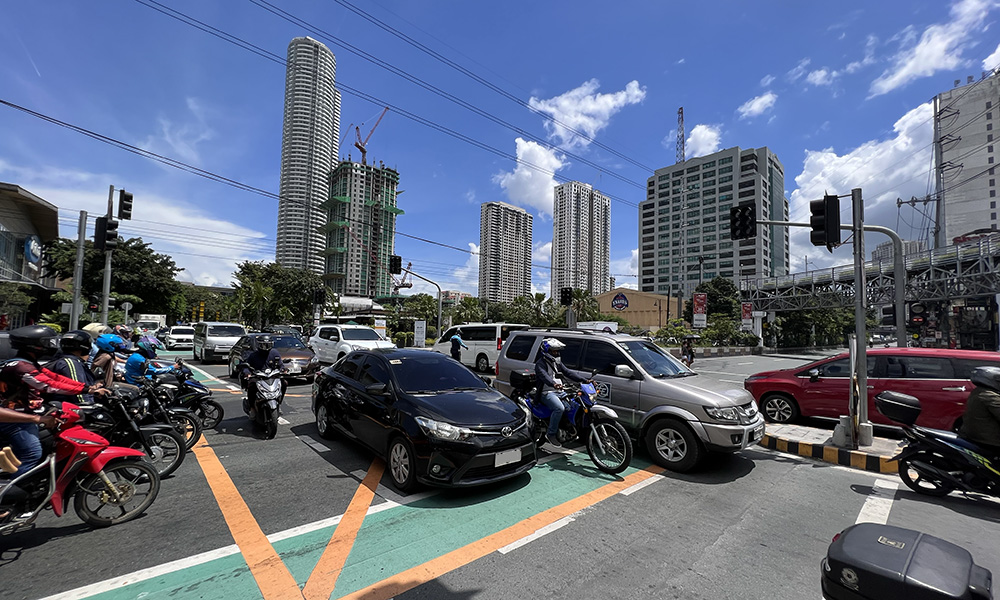
A few days ago we saw the closure of a short section of Meralco Avenue, as the Department of Transportation commences construction of the Ortigas South station of the Metro Manila Subway Project. While the eventual reward of a modern, world-class subway station is certainly something to dream of, many motorists rightly dread the idea of having to pack into other crowded streets to get to where they need to go.
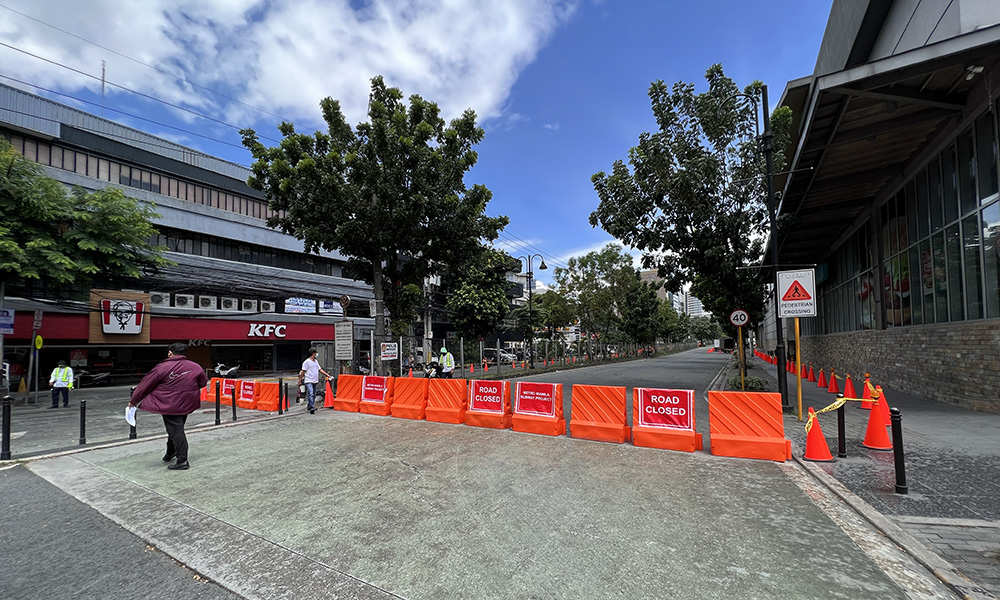
And when you think about how the closure is projected to last six years, that’s certainly something that strikes fear in the hearts of many. Around now is the time that some are reviving calls to open private village roads to traffic, as what was recently decreed by the Human Settlements Adjudication Board with respect to some village roads in Las Piñas.
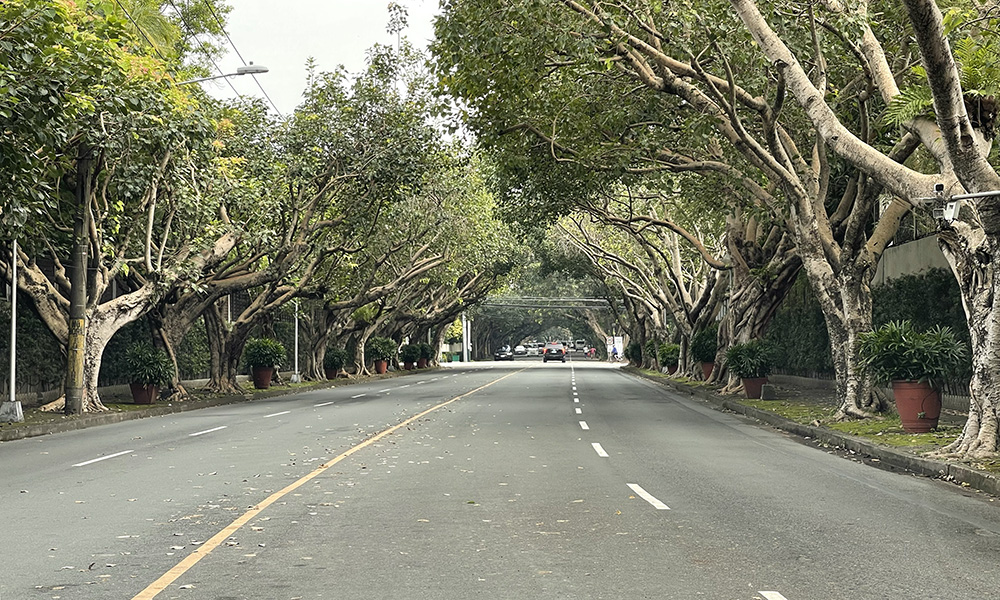
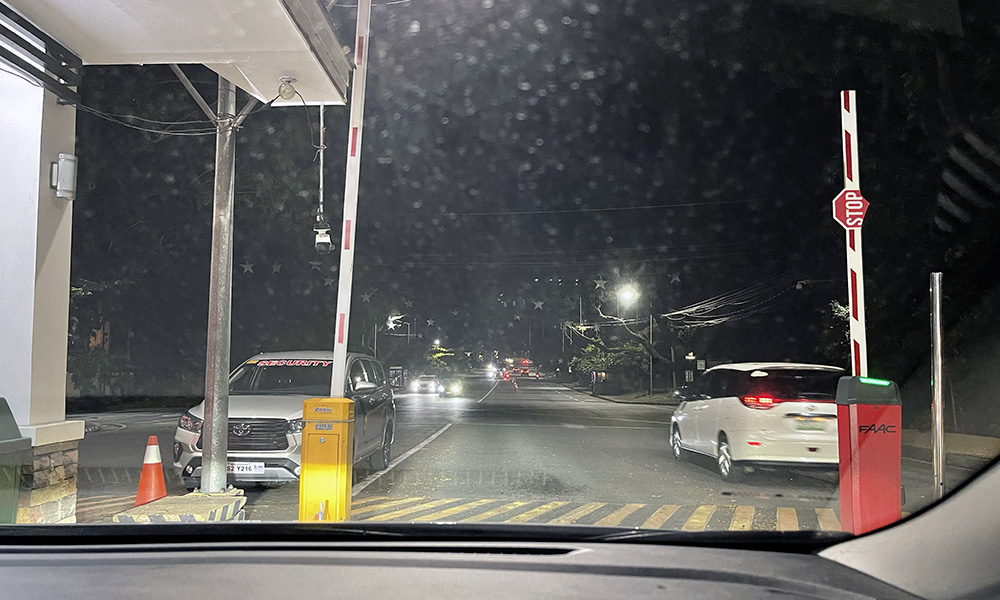
There are many reasons why someone living in an exclusive subdivision would not want their roads opened to public traffic. Added traffic, pollution, and noise aren’t anything that someone wants to deal with—not to mention the threat to property values. There is, however, one more reason that may come as a shock: Opening subdivisions could make traffic worse, not just for village homeowners, but also for non-residents.
But hey, aren’t shortcuts good by definition? Isn’t giving people more options a good thing? The surprising answer is: not necessarily. And sometimes it makes traffic much worse. But to understand why shortcuts aren’t always a good thing, I’ll illustrate the concept called “Braess’s Paradox.” If at any time you feel my explanation below is insufficient, you can plug that name into YouTube and watch an explainer video.
Here goes:
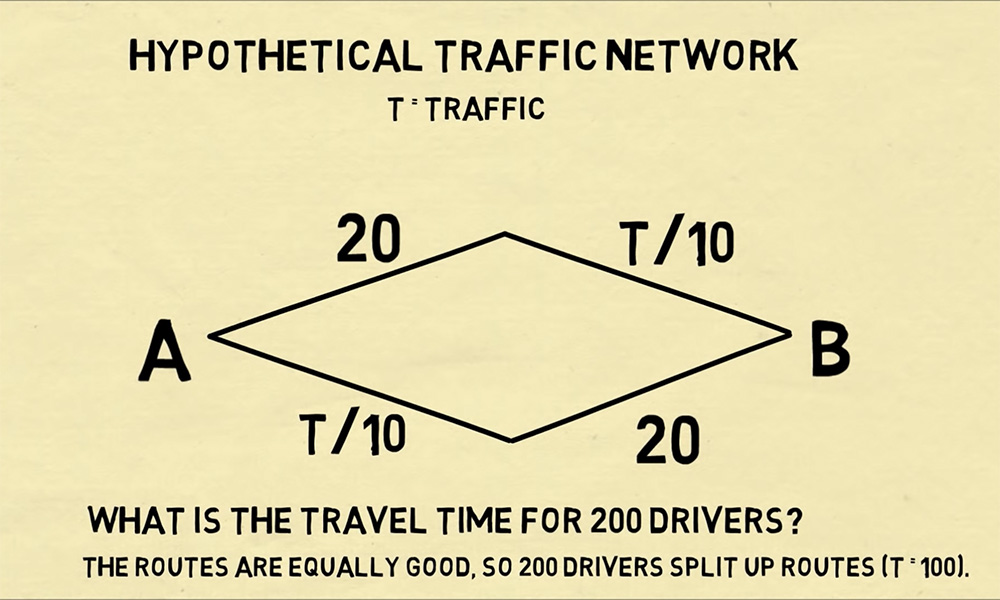
Imagine a simple street network represented in this diagram. In link A, drivers have the option of taking a longer route where the first half takes 20 minutes or a route where the first half takes x/10 minutes, where x is the number of cars that also choose to take the route.
We can call these paths the “long” path and the “congestive” path, respectively. The second half of the route is the opposite situation for each path, as shown below. Assuming there are 200 cars, then 100 cars will use each path and every driver reaches the destination in 30 minutes.
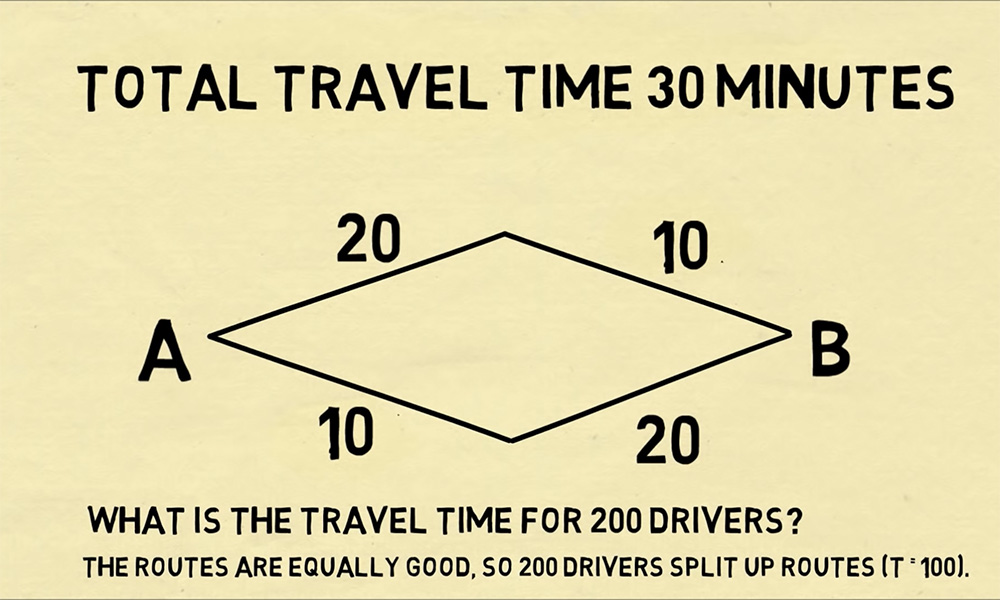
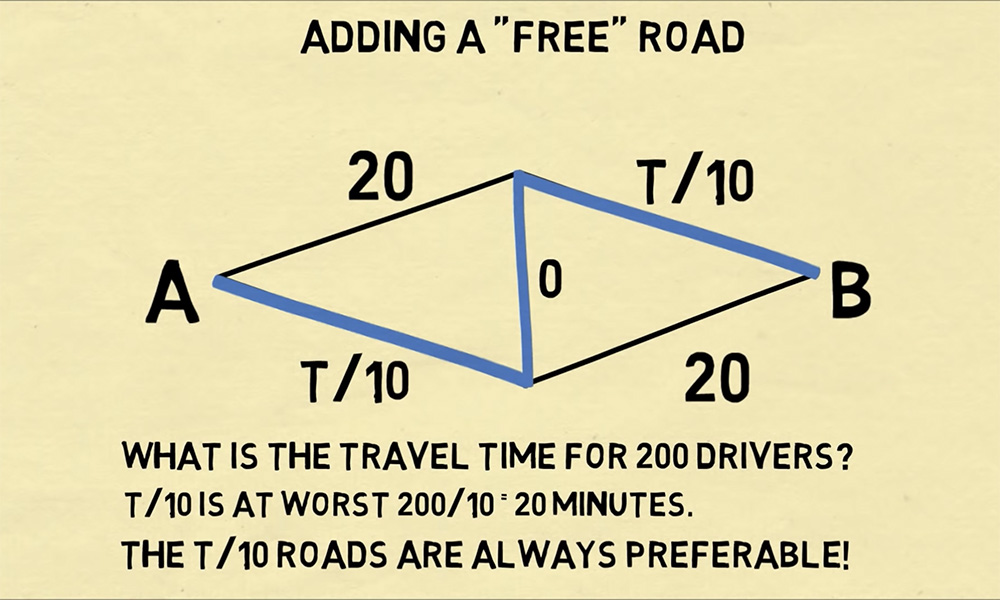
But what if, at the junction of the paths, the government were to open a shortcut where you could travel from the congestive path in the first route to the congestive path in the second route in practically no time (0 minutes)? Since each congestive path (given 200 drivers) would take a maximum of 20 minutes, they would never be worse off by taking the congestive path instead of the long path in the first half.
At the junction, they can either divert to the congestive path in the second half or stick with the long path. But if they divert, they again wouldn’t be worse off than if they stuck to the congestive path. Every single driver now takes 40 minutes to reach the destination, which is worse than before the shortcut was introduced!
Again, the benefit of the shorter but congestive path is canceled out for everyone. The shortcut has made travel time worse for everyone.
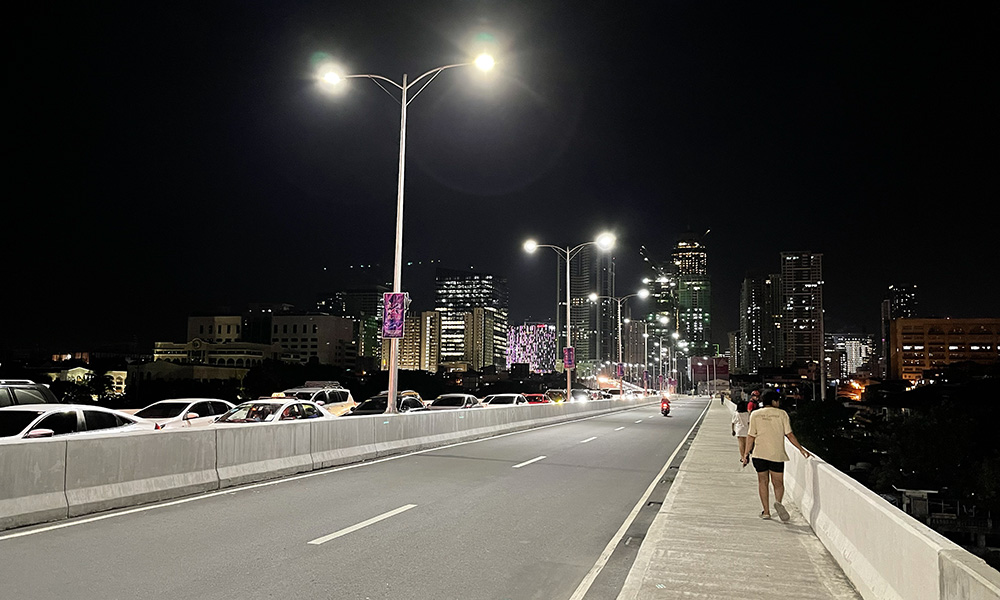
It may seem like lunacy to suggest that something like the closure of a section of Meralco Avenue could improve traffic. But that’s exactly what science and the evidence point to all over the world. On the other hand, just down the road, the small streets of Kapitolyo in Pasig have seen more traffic and congestion ever since the new BGC-Ortigas Bridge opened. Again, Braess’s Paradox in action!
Now, are shortcuts or new bridges completely pointless? Not necessarily. A key mechanism in Braess’s Paradox is the congestion caused by too many motor vehicles using a route. If we created shortcuts for non-congestive modes, like walking, cycling, and public transportation, then not only would we avoid Braess’s Paradox, but we would also make sustainable transportation more viable.
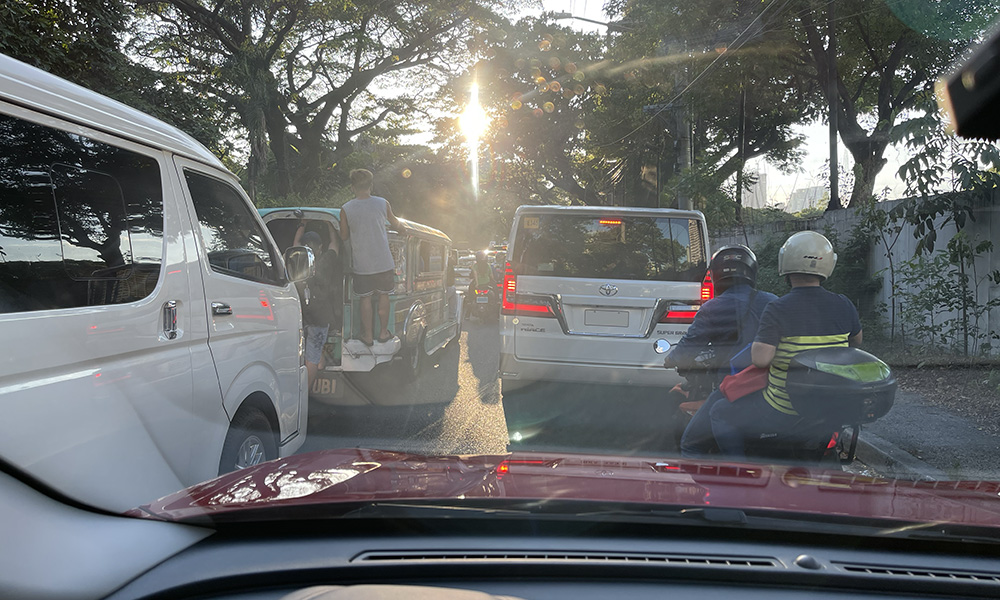
Favoring these modes would also avoid many of the concerns that village homeowners are right to raise, such as congestion, pollution, and road safety. In fact, I’m sure many village residents would be happy to have a modern PUV pickup and drop them off right at their doorstep.
As we try to look for ways to make a dent in our country’s hellish traffic congestion, it’s always worth considering whether the cure we propose for it can be worse than the disease. If we give private motor traffic the run of all our roads, isn’t that just solidifying the car-centric mindset that got us here in the first place? On the other hand, if we ask what we really want out of our transport system, we should look to the wealth of evidence for sustainable mobility and apply that knowledge. Keep in mind, though, that there are no shortcuts to doing the right thing.

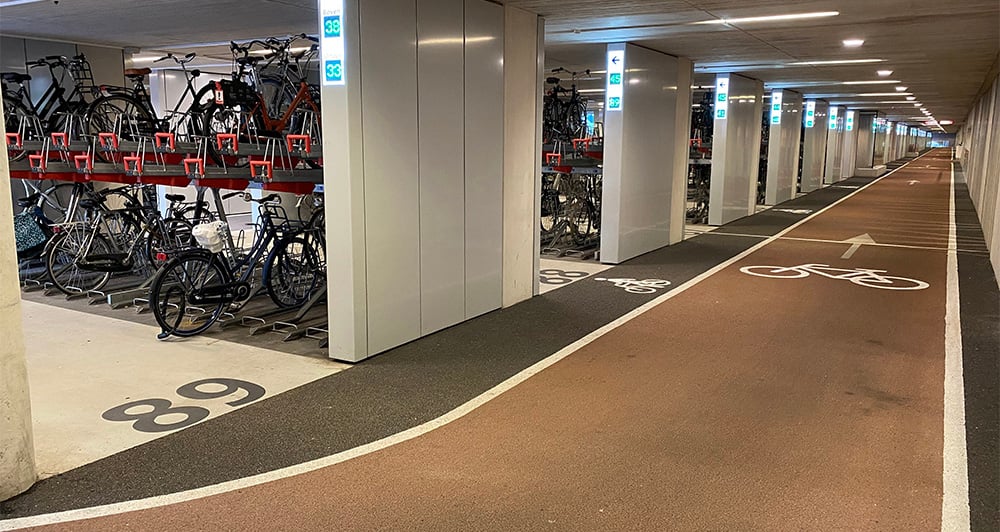
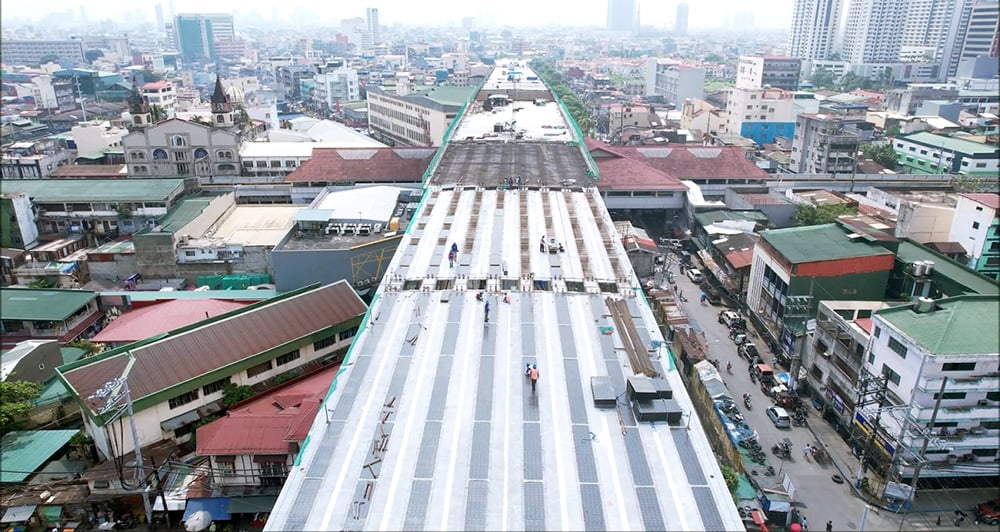




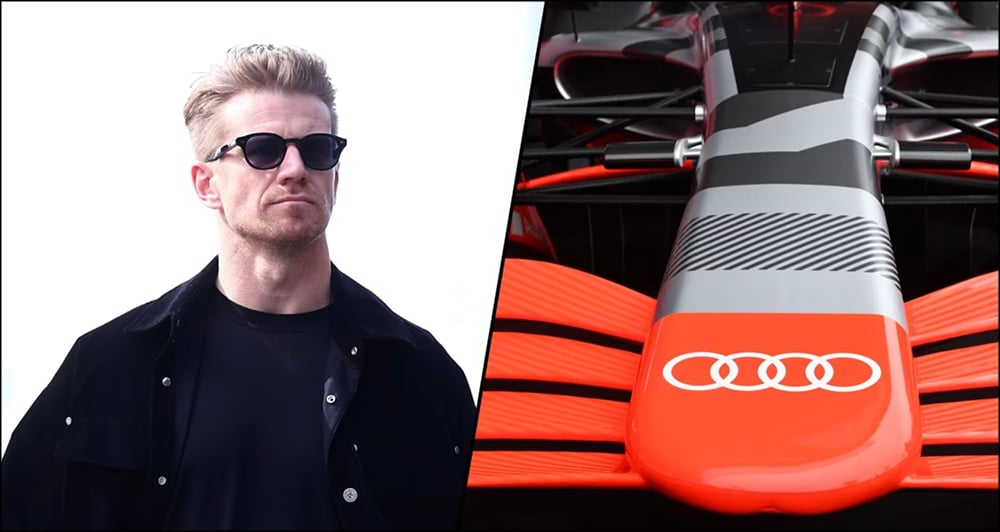
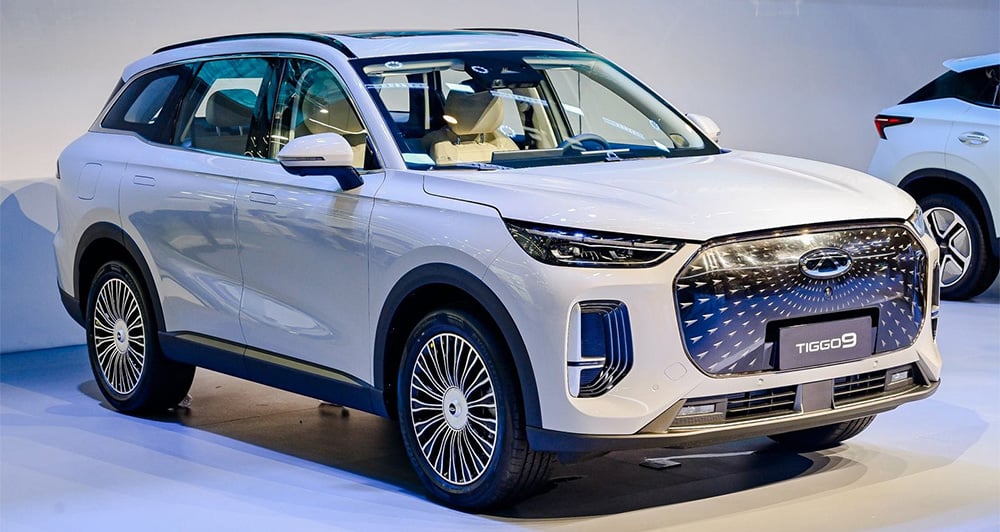
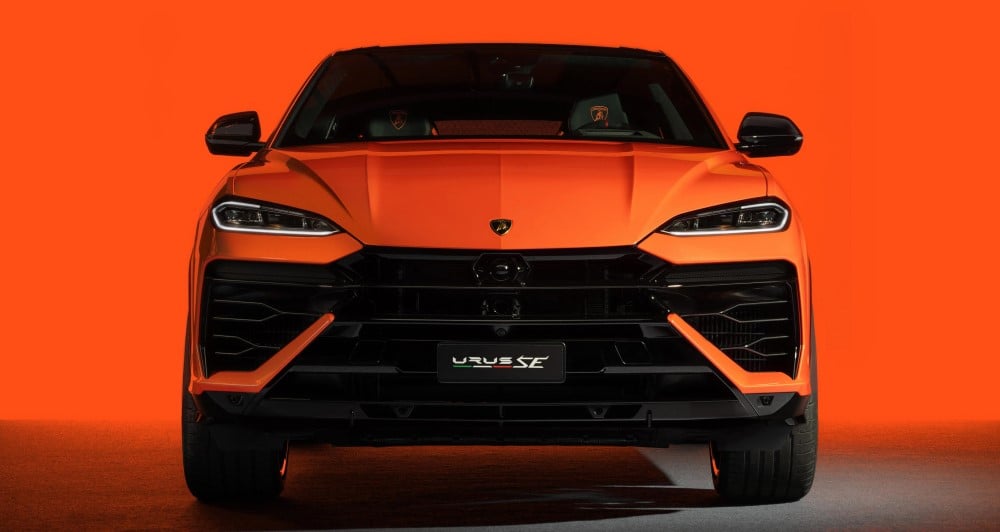

Comments